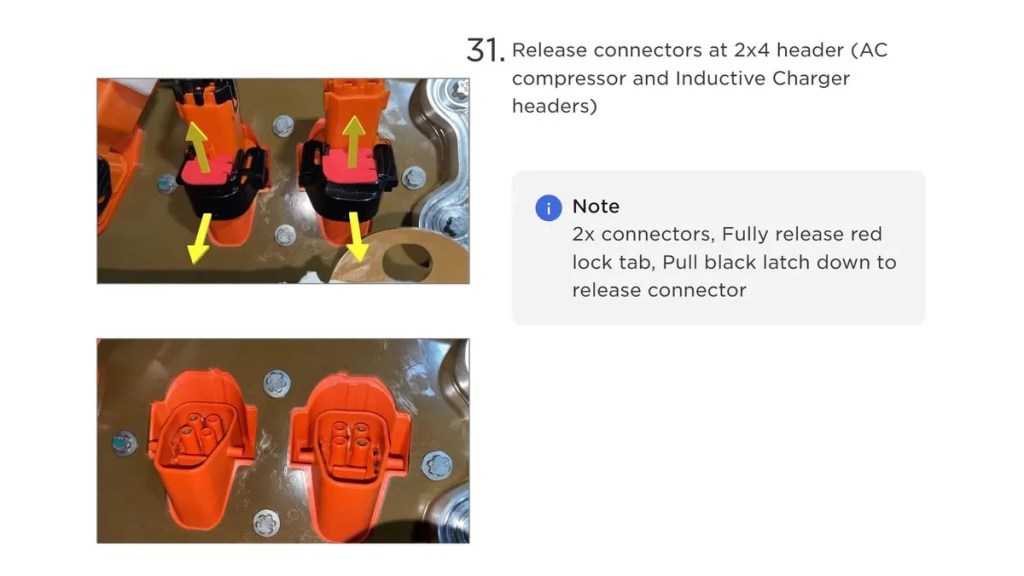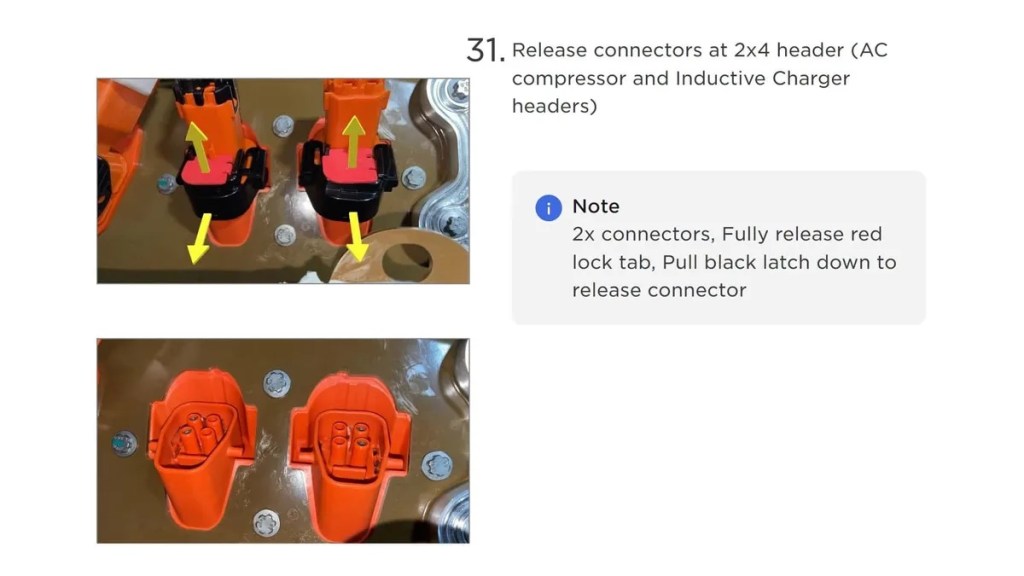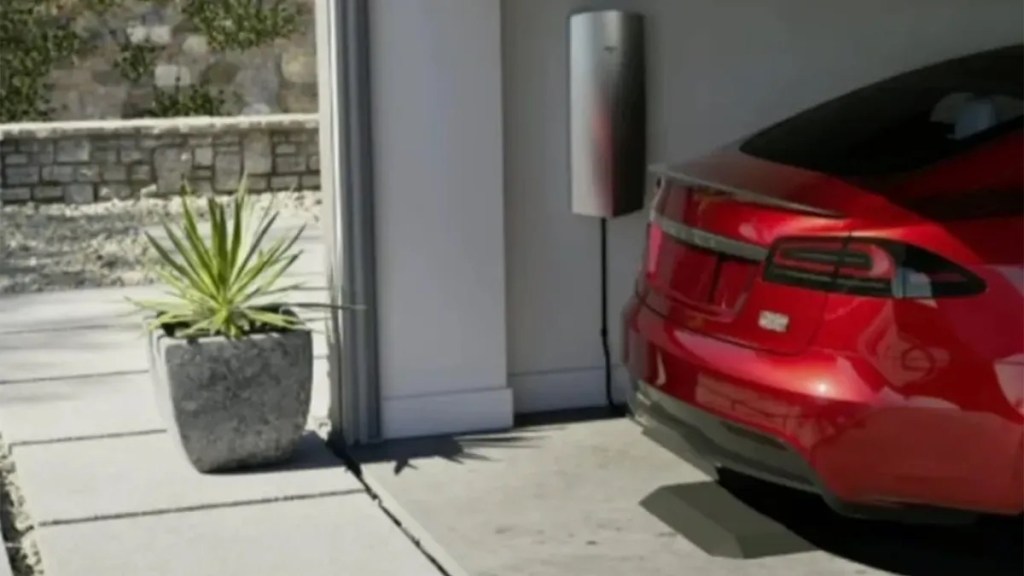
For as long as we’ve had to plug things in, there have always been people looking for ways to let you ditch cables. We saw it with the top smartphones, and wireless charging is now on every handset. And it looks like electric cars are headed the same way. Tesla is working on tech to wirelessly charge your EV, and it looks like it’s coming sooner than we thought.
Tesla has been flirting with the idea of letting us chuck the charging cables in the bin. But it looks like this wireless future is closer than we thought. How? By possibly embracing the magic of induction charging for its line-up, making the process as easy as dropping your smartphone on a charging pad at the end of a long day.
Sleuths over at the Cybertruck Owners’ Club have stumbled upon what seems to be a golden nugget in the Cybertruck’s service manual. The term “Inductive Charger” pops up, alongside mysterious “release connectors.” Tesla’s keeping hush about what these connectors do. But it seems pretty clear-cut that this section is referring to a wireless charging connector. By the looks of things, this would be an add-on accessory, rather than something that comes as standard.




We know that the wire-free charging tech is definitely coming. Tesla’s design chief, Franz von Holzhausen, spilled the beans to Jay Leno about their work on this wireless wizardry. Then, as if by accident (wink, wink), Tesla teased an image of its wireless EV charging mat, sneakily placed under the rear of a Model 3 during an Investor Day event. And if rumours are to be believed, Tesla’s upcoming drive-in Diner in California might just let you charge your car while you munch on burgers, wire-free.
We’ve seen this tech in the works for a while. BMW had a go at it back in 2018 with its Wireless Charging Pilot Program. Plus, Genesis gave it a whirl in South Korea. But, getting an EV to align with the charging pad requires the precision of a Swiss watch. And then there’s the issue of the added weight from the necessary hardware, which could make your car even thirstier for energy. Not to mention, charging rates are about as fast as a snail on a leisurely stroll. BMW’s system crawled at 3.2kW and Genesis clocked up to 11kW.
So, is it worth it? Tesla seems to think so, likely eyeing up a future where we’re all casually topping up our cars. These speeds aren’t exactly ideal for a quick top-up, but could work when you park your car regularly. Think overnight or in car parks. Regular, albeit slower, chargers could keep your Tesla at the same battery level. But until then, you’ll need to keep fumbling with a cable.






